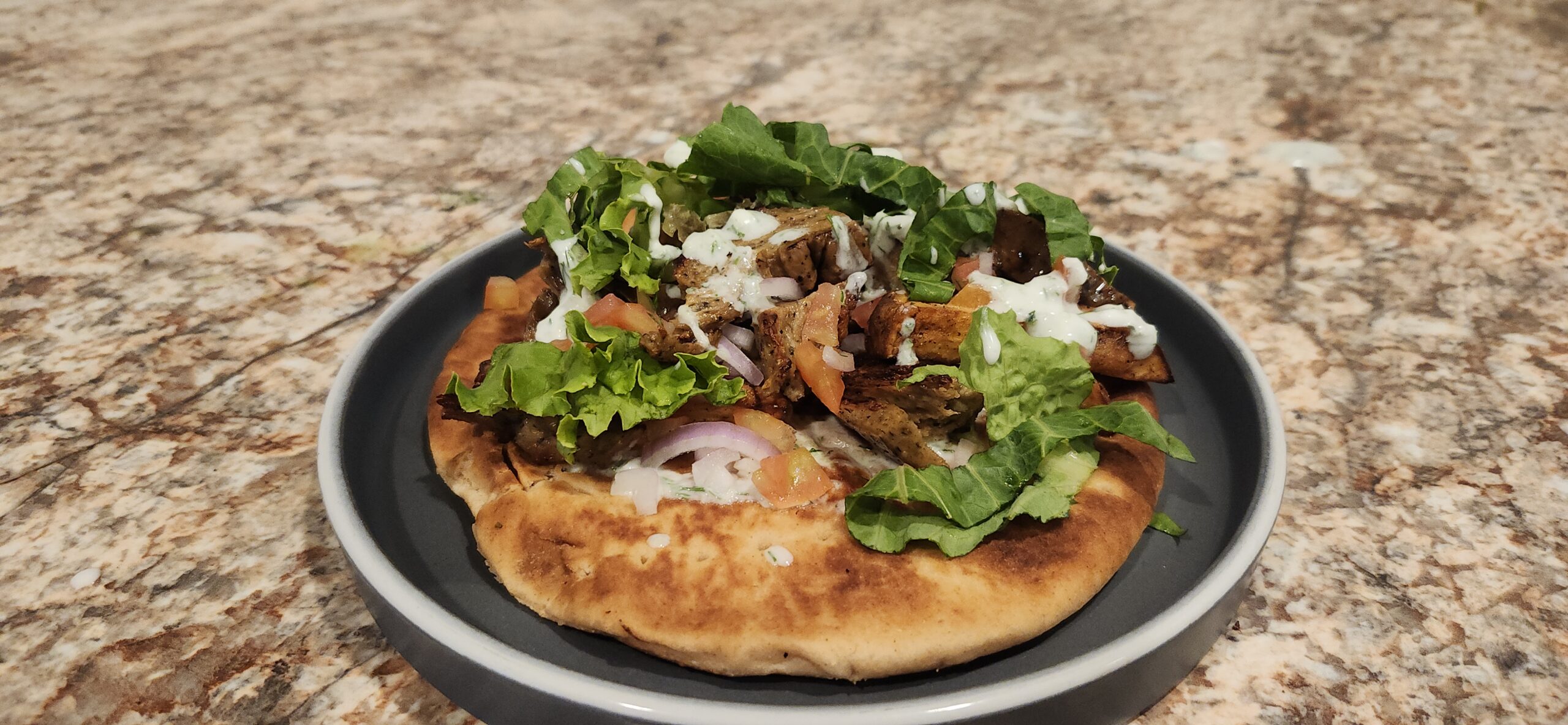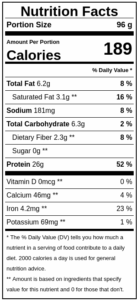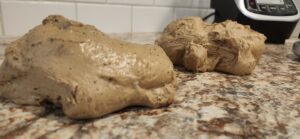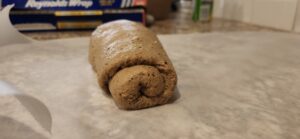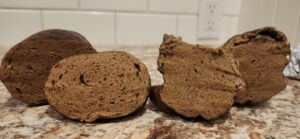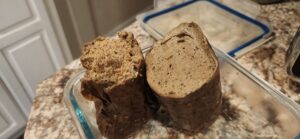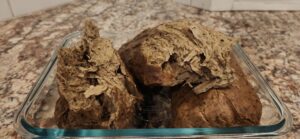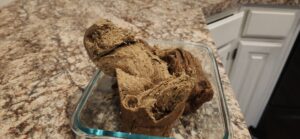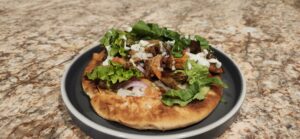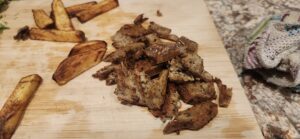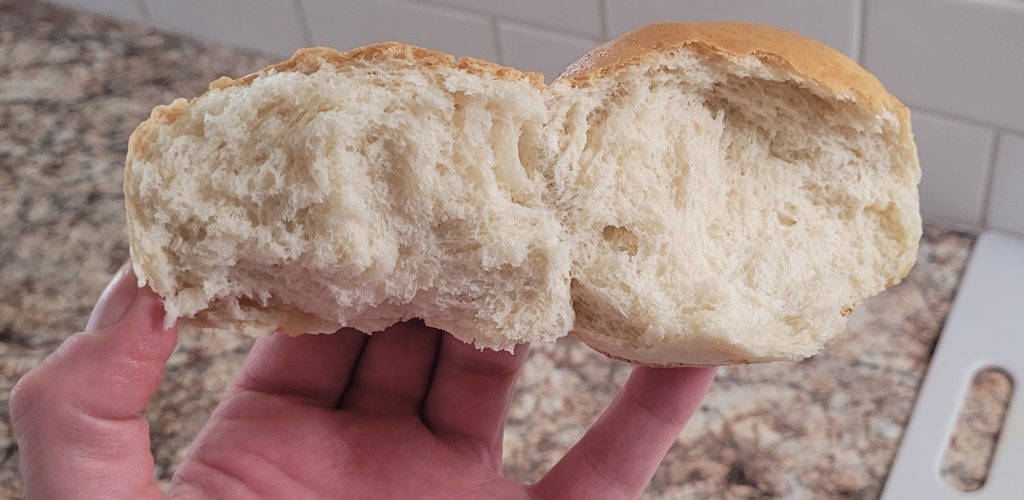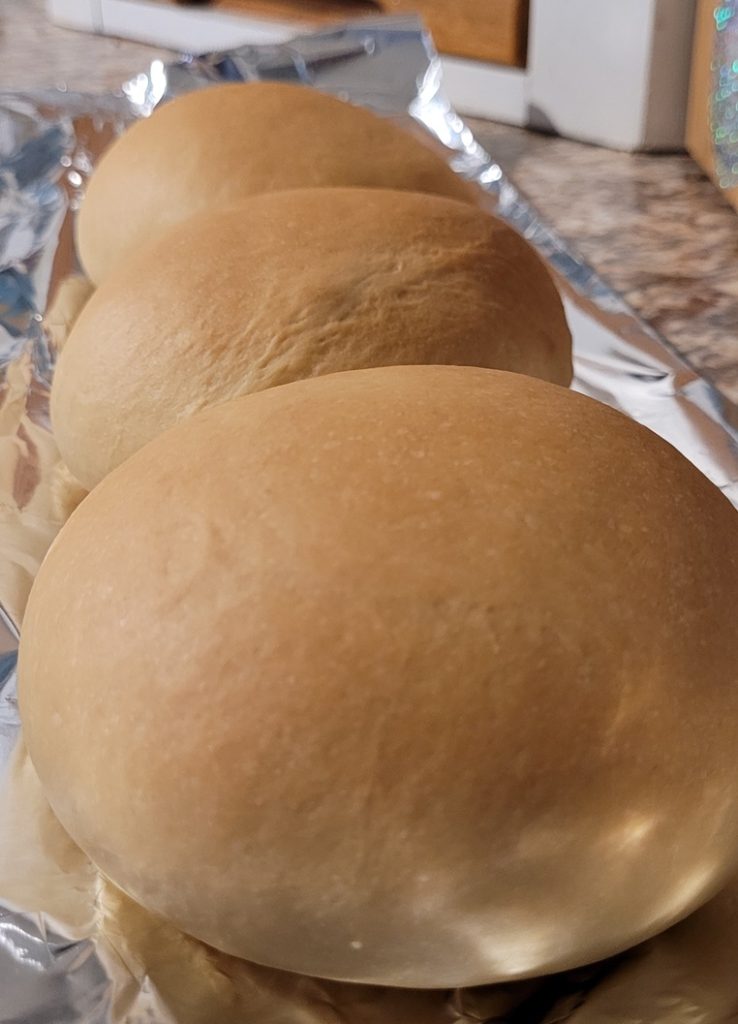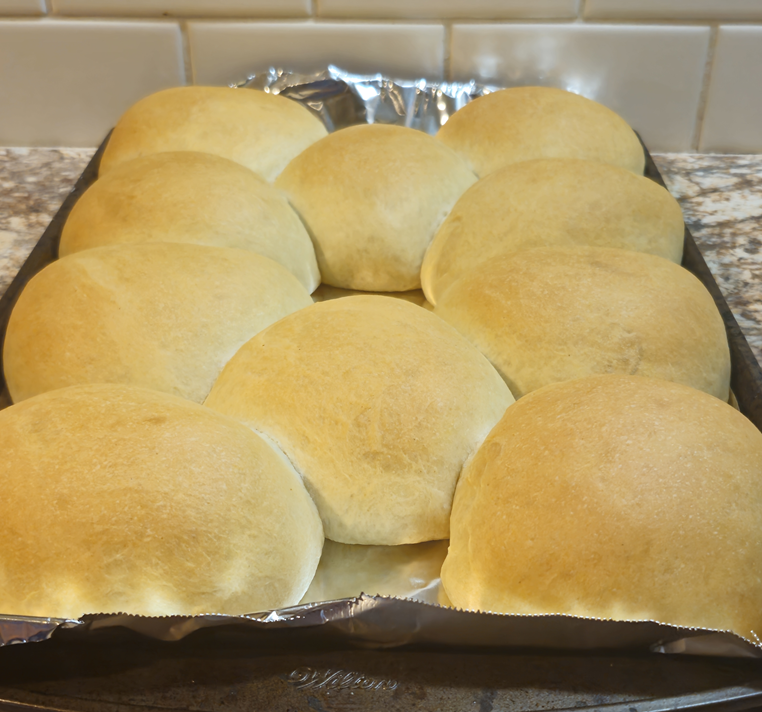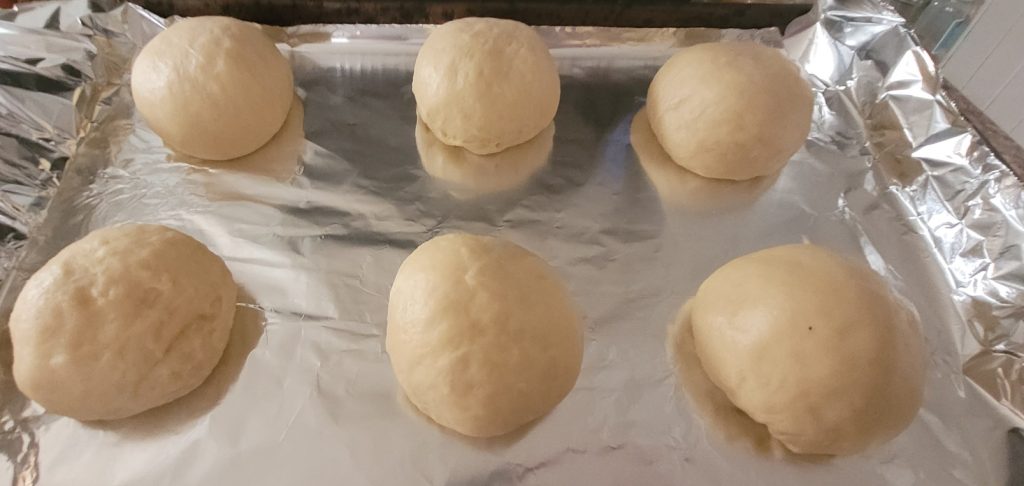First off, let's get into what is gyro or shawarma or doner. They're all the same damn thing. The words all mean some form of vertical roast or spit or "to cook vertically". Al Pastor also falls under this category. People can also get into the texture of the meat and the way it's put on the spit. I don't think any of that matters so let's just not bother.
It only took me two tries at gyro flavor to get it. This was a pretty easy and fun recipe. I'd assume this is because of how much I've been working with seitan recently. I have made gyro meat at home before so I already had a good base to work from.
On my first attempt, I wasn't aiming to get the texture correct which allowed me to focus on flavor. On attempt two, I adjusted my seasonings while also going after the texture. I added minced onion to work on the texture. Minced onion seems to do the trick very well. I went with onion because I figured it would provide a nice taste baseline for everything to build on. I considered a filler ingredient, like bread crumbs, but decided against that. The onion definitely works.
Instructions are the same as the base recipe. The only difference is your loaf style. You can definitely do this anyway you want but I prefer a "middle-ground" loaf for gyro meat. This means I build a decent amount of gluten and do loose knotting. This mimics a little bit of "muscle" texture while also keeping the loaf light/airy.
Anyway, here's the recipe.
Throw the wet and dry ingredients into your food processor or blender then follow the base seitan recipe. We will be adjusting the ingredients, so read the two recipes first.
Wet
- 480ml water
- 2 tb vegetable oil
- 1 tb Apple Cider Vinegar
- 2 tb Maggi Seasoning
- 3-4 cloves minced garlic
- 1/4 cup finely minced yellow/white onion
- 2 tb refined coconut oil
- 2 tb white miso paste
Dry
- 75g Pea Protein
- 255g Vital Wheat Gluten
- 20g Nutritional Yeast
- 3tsp Oregano
- 3tsp Cumin
- 3tsp Marjoram
- 3tsp Rosemary
- 3tsp Thyme
- 2tsp Black Pepper
I pair this up with some pita bread and vegan tzatziki on some fresh fried potatoes.
This is also a great sausage stand in. I'll use it in breakfast burritos or for a quick sandwich.
You can see the nutritional information here.

